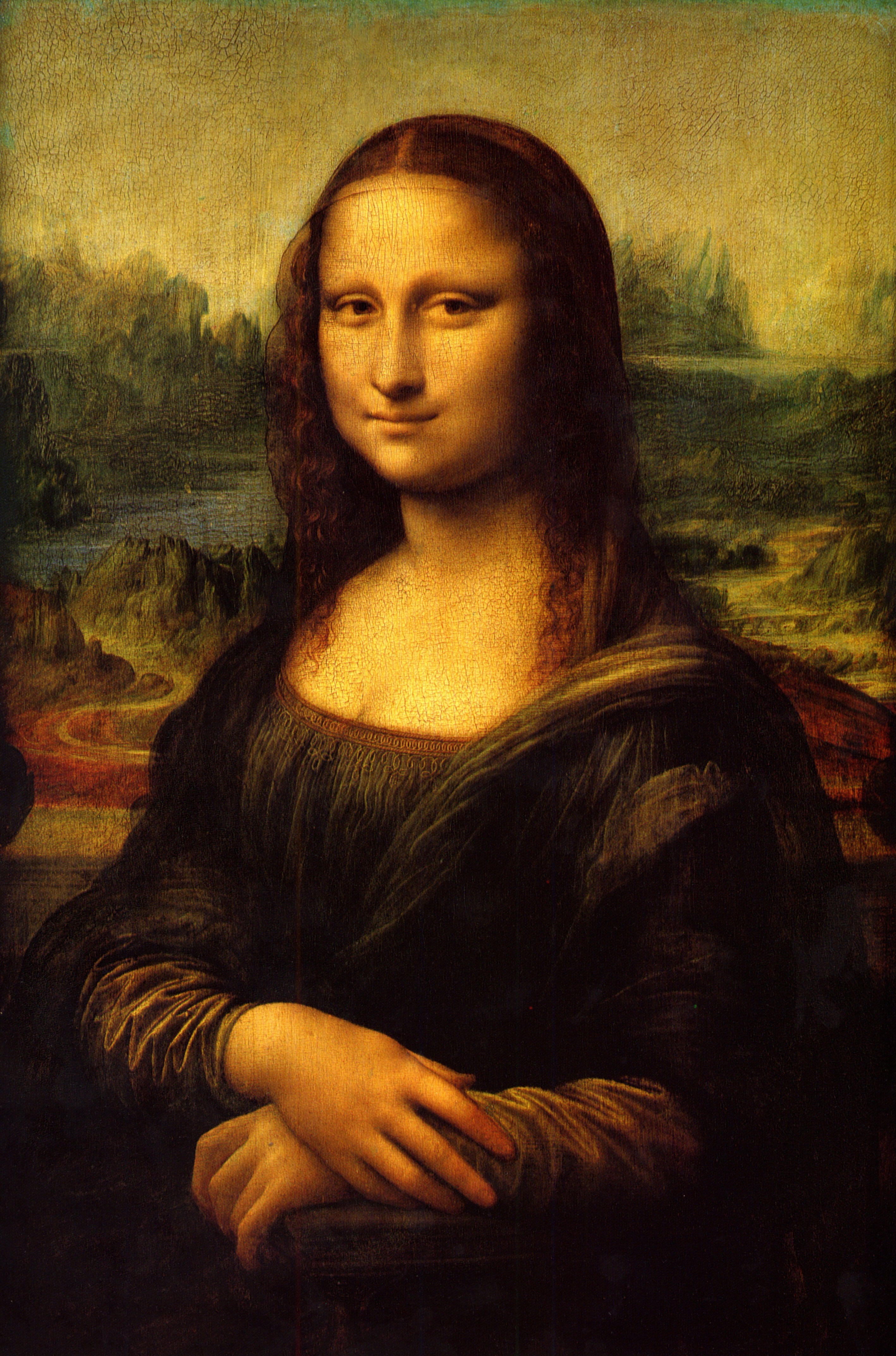Another take on that smile is Renaissance scholar Alexander Lee's in "The Ugly Renaissance: Sex, Greed, Violence and Depravity in an Age of Beauty" (Doubleday, $29.95). He says the mysterious Mona Lisa smile hides a world of power politics and anti-semitism during this time of sex, scandal and suffering. "Its cities were filled with depravity and inequality, its streets thronged with prostitutes and perverted priests and its houses played home to seduction, sickness and shady backroom deals and conspiracies of every variety." It's an October release.
“Pisa doesn’t appeal to me,” says John Keahey in
"Hidden Tuscany: A Well-Known Region's Unknown Places" (Thomas Dunne
Books, $26.99). So Keahey heads for the "narrow streets of western Tuscany
villages buried deep in the foothills of imposing mountains," as he
combines travelogue with deep history, present-day conversations and
mouth-watering descriptions of cheese, pasta, sausage and bread. He also
includes off-the-beaten-path literary anecdotes, such as Percy Bysshe Shelley's
bizarre cremation ceremony on the beach at Viareggio after he drowned at sea in
1822. Extremely readable.
"The Lost Botticelli," by Paul Stephano
(HIP Apollo, $15.95) is a thriller about -- you guessed it -- a lost Botticelli painting. His editors read an early version of the manuscript and wanted more dead bodies and less Renaissance history,
according to an online interview with Stephano. So Stephano delivered up
the bodies, and cut the history. Now he says the novel (which the publisher is
comparing to "The DaVinci Code") will have to stand on its own.
Stephano says he is "quite shy" and his English is not good enough to
discuss the book in public. Release date: early September.









0 comments:
Post a Comment